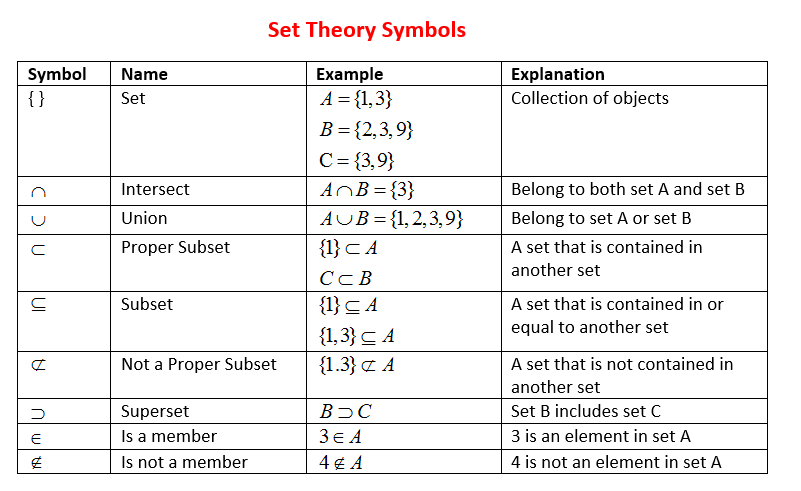Is {1} a Set? Understanding Sets and their Definitions in Mathematics
Mathematics uses precise definitions to describe concepts formally. The definition of a “set” plays an important role in founding the study of basic objects and structures in mathematics. This article will explore the question of whether {1} - the collection containing only the number 1 - qualifies as a set according to common set theories. We will also discuss how intuitions about collections can differ from formal mathematical definitions, and why precise definitions are valuable for developing rigorous yet applicable theories.
Distinguishing Intuitions from Formal Definitions
Our natural intuitions do not always align perfectly with formal mathematical definitions. Informally, we may hesitate to view a collection containing only one object as a “set”. However, mathematics aims to develop precisely defined systems that allow theorems to be proven without ambiguity. In set theory, a set is simply defined as a well-defined collection of distinct objects. By this definition, containing only one object does not disqualify {1} from being a set.

The Utility of Including Single-Element Collections
There are also practical reasons for including single-element collections like {1} as sets within the formal theory. Defining intersections, taking complements, and other basic set operations requires all possible collections to be sets - including those with zero, one or multiple elements. Excluding certain cases would make expressions involving sets more complex to define without gaining conceptual clarity. David Joyce explains why singletons are necessary for rigorously answering questions about sets.
Balancing Intuitions with Rigorous Logic
When intuitions clash with precise definitions, mathematics proceeds by exploring multiple formalizations rather than declaring one “right” and the other “wrong”. Both natural number intuitions and real number concepts capture important aspects of numbers, justifying distinct formal systems. Similarly, intuitions of collections as necessarily containing multiple elements coexist alongside the single-element sets of formal set theory. Both views prove useful in different contexts without reconciling the underlying philosophical tension.
Sets as a Useful Abstract Representation
Formalizing all collections as sets, even singletons, allows representing concrete scenarios rigorously using the language and logic of set theory. For example, a YouTube channel containing videos can model this relationship precisely using sets regardless of the number of videos. Questions about intersections of channel contents have provable answers under this representation. This shows how set-theoretic abstractions meaningfully apply beyond just mathematical notions.
Sets, Objects and Formal Definitions
While {1} qualifies as a set, the number 1 itself need not be a set as an “object”. Additional formal definitions distinguish objects from sets. Most intuitively view 1 as a basic object rather than a set. This shows how formal mathematics precisely defines not just overall concepts like sets, but also the relationship between a concept and related notions. Overall definitions and their implications must be considered thoughtfully.
The Value of Multiple Perspectives in Mathematics
Mathematics progresses by formalizing ideas from various viewpoints to develop non-contradictory systems. Tensions between intuitions do not necessarily imply a “right” resolution, but instead opportunities to construct distinct yet applicable formal theories. Both perspectives on collections prove illuminating in different contexts. Pluralism across formalizations enriches mathematical understanding far beyond choosing a single “correct” viewpoint. Definitional clarity and internal consistency matter more than conforming to natural preconceptions.
Conclusion
The question of whether {1} is a set highlights the interplay between intuitive ideas and precise formal definitions in mathematics. While collections of one may not seem like “sets” intuitively, the set theoretic definition justifies including such singletons. Multiple valid formalizations coexist, and both prove insightful. Mathematically, consistency and applicability determine a definition’s usefulness more than alignment with pre-theoretic notions. Ambiguity across perspectives creates opportunities to develop distinct theories addressing different questions successfully.
